Travel styles often reveal deeper personality traits than any questionnaire ever could. The meticulous planner who researches restaurants six months before arrival stands in stark contrast to the spontaneous wanderer who arrives without even booking the first night’s accommodation. Yet both approaches yield remarkable experiences – just through dramatically different pathways.
These contrasting travel philosophies shape not just how we journey, but which destinations best match our temperaments. Here is a list of 13 destinations paired according to whether they reward careful planning or embrace chaotic exploration, allowing travelers to select based on their natural tendencies rather than fighting against them.
Switzerland vs. Morocco
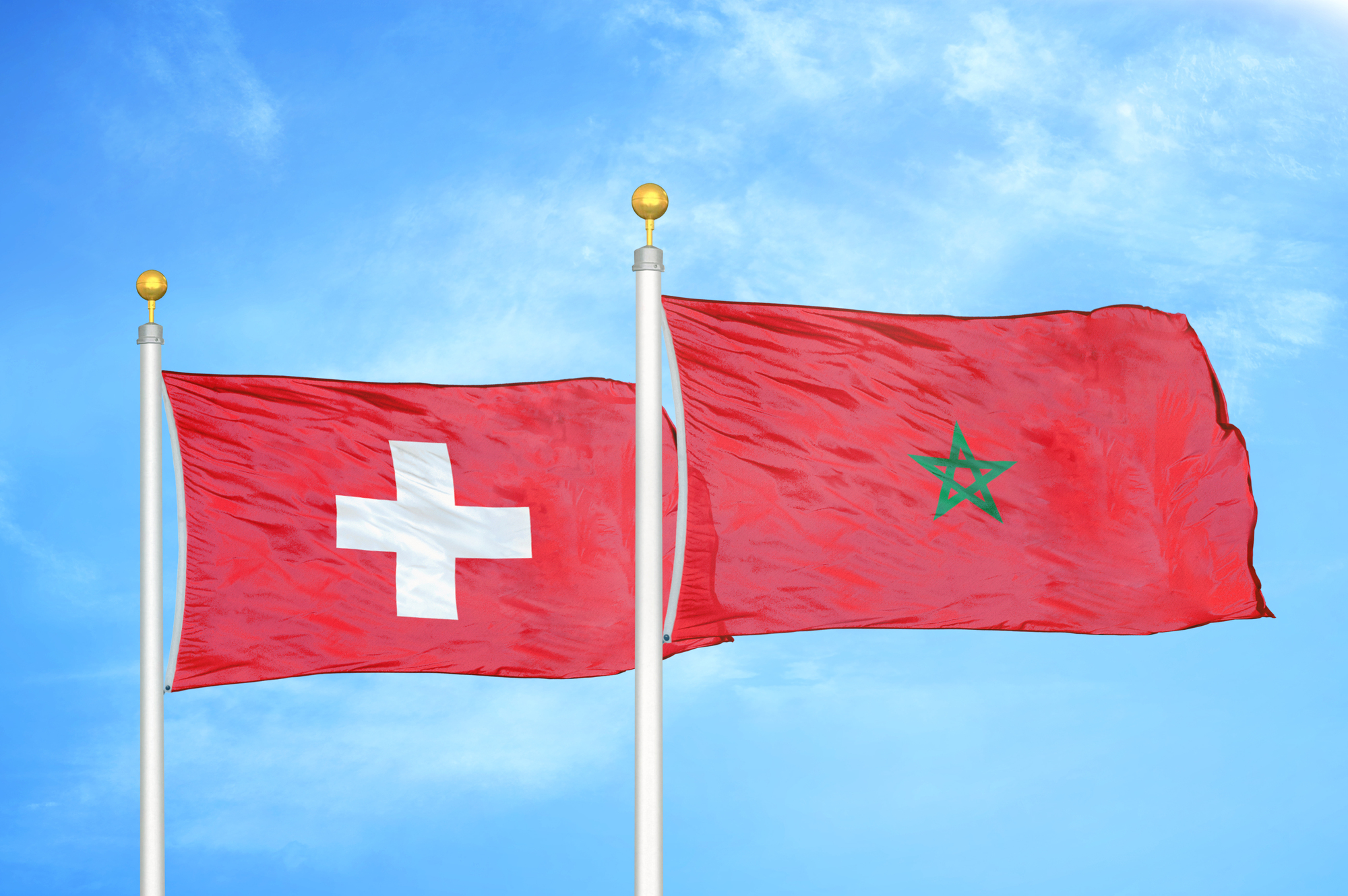
Switzerland operates with legendary precision – trains arrive within seconds of their scheduled times, while Alpine cable cars follow strict timetables regardless of season. The Swiss transportation app calculates connections down to the minute, making it possible to plan multi-stop journeys with confidence months in advance.
Their famous efficiency extends from public services to restaurant reservations, creating the ideal environment for travelers who appreciate predictability. Meanwhile, Morocco thrives on beautiful disorder – marketplaces transform overnight, unofficial guides materialize from nowhere, and transportation operates on flexible schedules dictated more by social consensus than published timetables.
The medinas deliberately confuse with their labyrinthine designs, forcing visitors to surrender to serendipity rather than Google Maps. Negotiations replace fixed pricing, turning every purchase into an improvised dance between buyer and seller.
Japan vs. India

Japan elevates planning to an art form – transportation systems operate with astonishing punctuality, while attractions often require advance reservations during peak seasons. The country’s detailed tourism infrastructure means English signage appears exactly where needed, and information centers provide meticulously accurate guidance.
Restaurant waiting lists can extend months for popular establishments, rewarding those who research and book ahead. In contrast, India embraces magnificent chaos – roads become living ecosystems where pedestrians, animals, and vehicles create spontaneous traffic choreography that somehow works.
Travel times remain stubbornly unpredictable as trains operate on flexible schedules, and unexpected festivals might reroute entire neighborhoods without warning. The sensory overload encourages surrender to the flow rather than resistance, rewarding those comfortable with constant adaptation.
Singapore vs. Vietnam
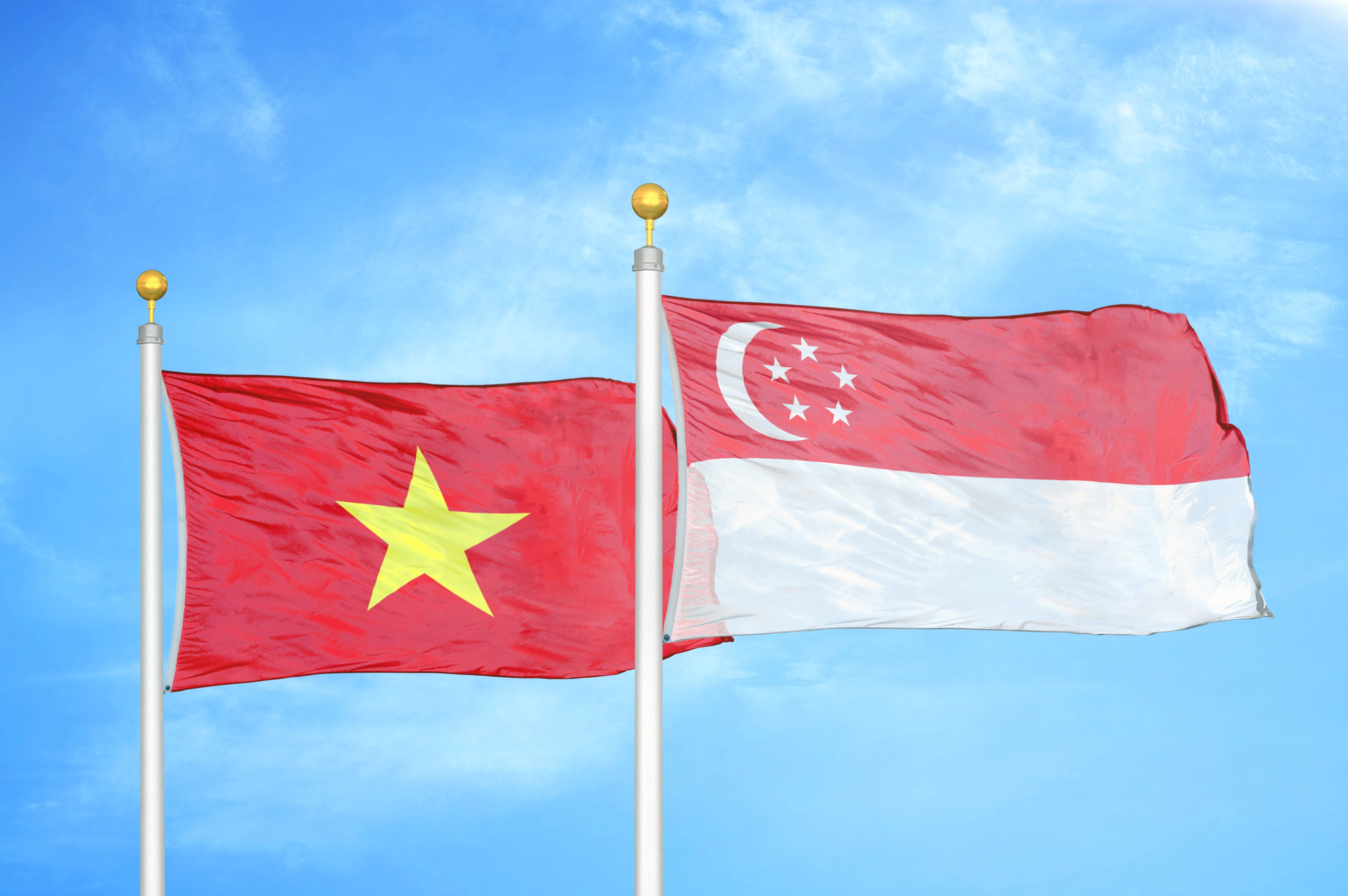
Singapore presents a masterclass in urban planning – the city-state functions like a perfectly engineered machine where public transport arrives with mathematical consistency. The tourism board provides downloadable itineraries optimized for different interests, complete with walking times between attractions.
Even nature feels carefully arranged, with Gardens by the Bay operating with theme-park precision regarding show times and access. Vietnam thrives through organized improvisation – motorbikes create seemingly impossible traffic patterns that nevertheless flow with remarkable efficiency once you accept their internal logic.
Street food vendors appear and disappear throughout the day, requiring food enthusiasts to follow local knowledge rather than static maps. The best experiences often come through saying ‘yes’ to unexpected invitations from locals rather than following pre-arranged schedules.
Like Travel Pug’s content? Follow us on MSN.
Germany vs. Brazil
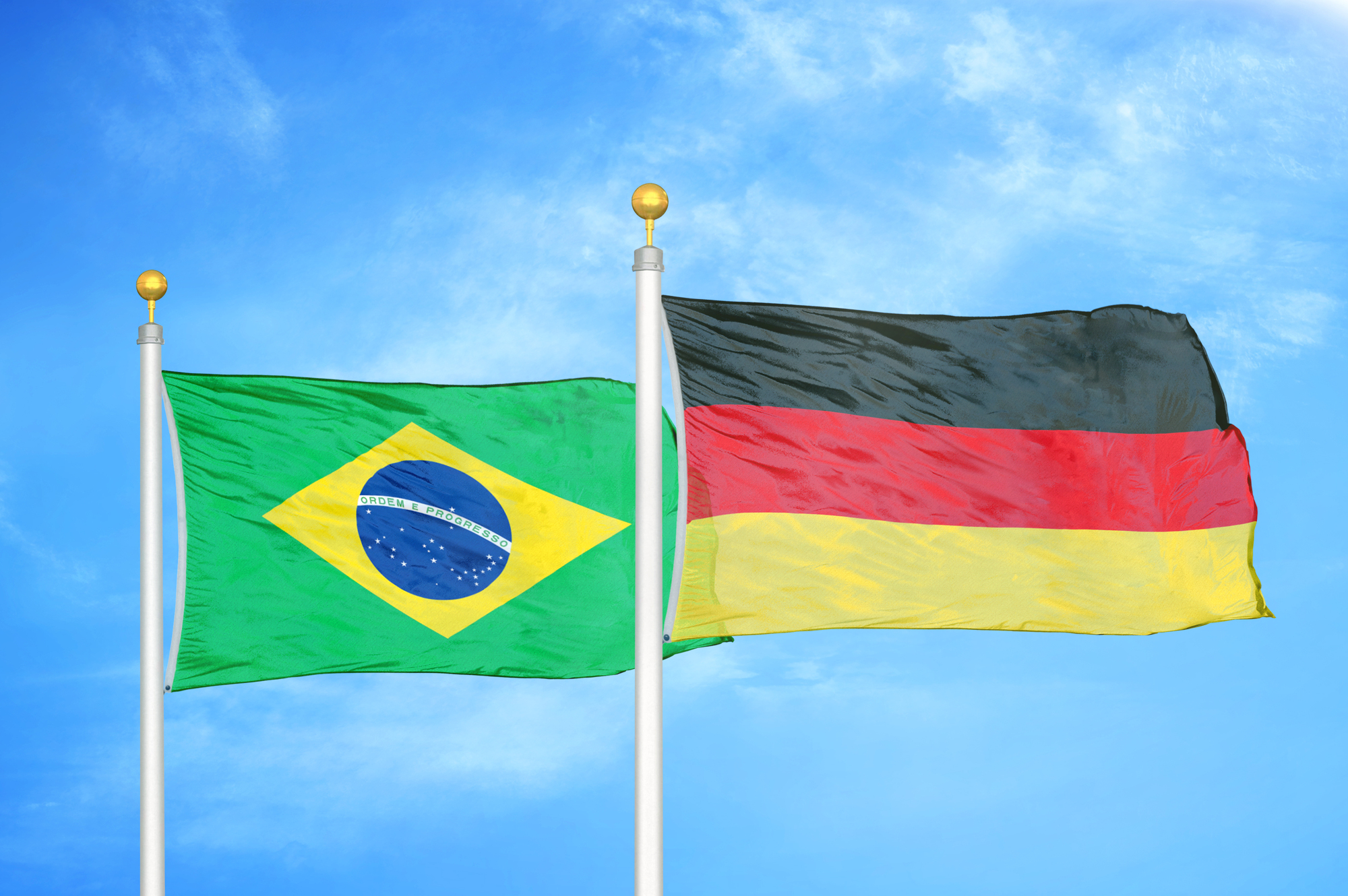
Germany rewards methodical travelers – tourism infrastructure operates with industrial efficiency, while museums and attractions publish reliable opening hours that rarely change without notice. The country’s logical approach to urban design means navigation becomes intuitive after minimal study, and services consistently deliver what they promise.
Restaurant reservations hold genuine meaning, with tables reliably available at the appointed hour. Brazil pulses with joyful spontaneity – destinations transform with the rhythm of music and celebration, while transportation schedules serve more as suggestions than commitments. The culture embraces last-minute changes and impromptu gatherings that often become the highlight of any visit.
Brazilians perfect the art of crafting order within apparent disorder, creating systems that make perfect sense once you abandon rigid expectations.
Scandinavia vs. Southeast Asia
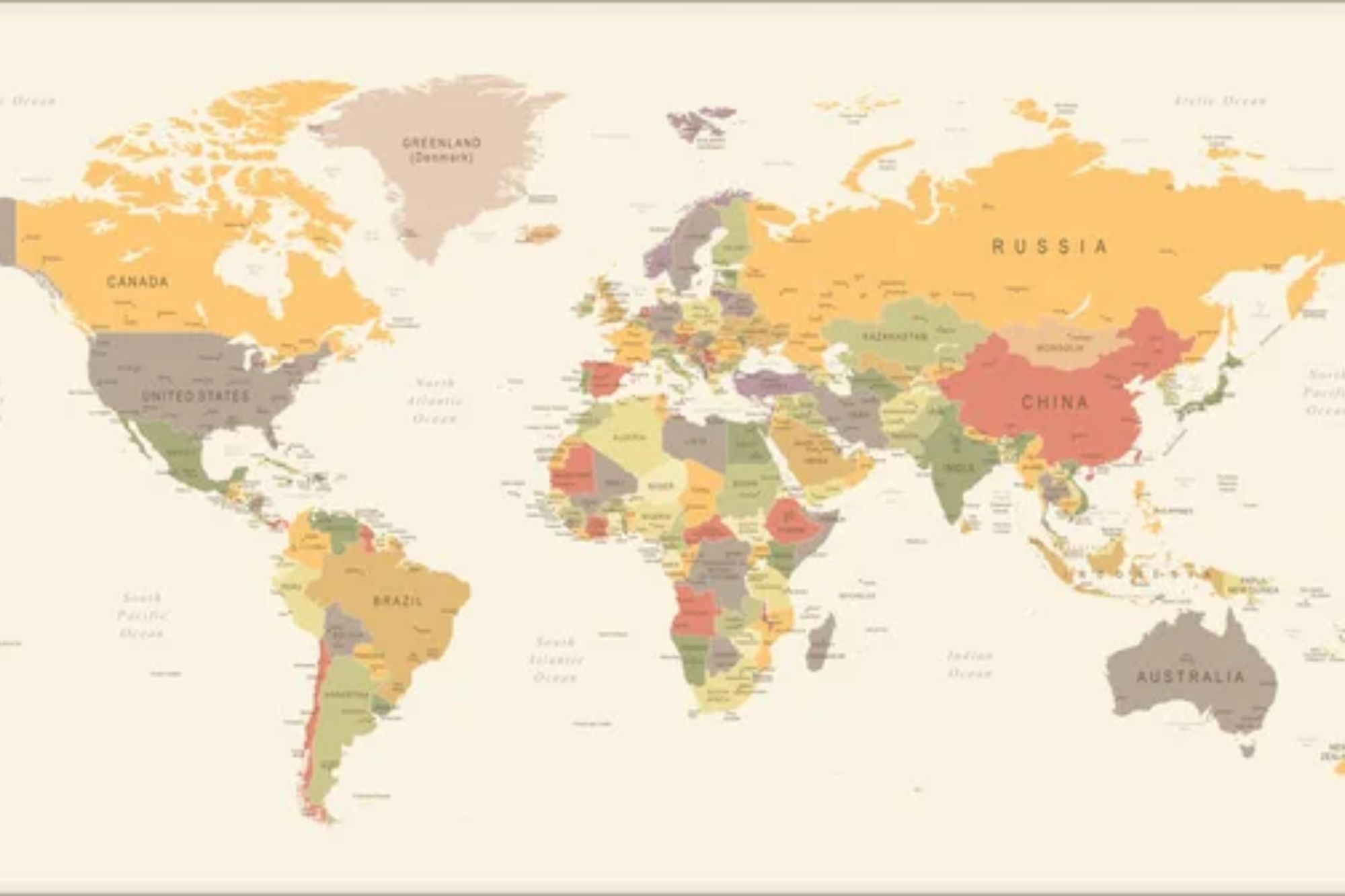
Scandinavia offers predictability as luxury – whether crossing between countries or navigating remote areas, transportation connections work with remarkable reliability regardless of weather. Attractions publish accurate capacity information, and advance tickets genuinely guarantee access at specific times.
Public access to nature comes with clear guidelines about camping locations and trail conditions, making wilderness adventures surprisingly manageable. Southeast Asia rewards flexibility – ferry schedules change with weather and passenger numbers, while the best local festivals often receive minimal advance publicity.
Food vendors follow their own rhythms rather than posted hours, requiring travelers to adapt meal times to availability rather than convenience. The region’s approach to timing operates on a spectrum of possibility rather than precision, teaching visitors to embrace ranges rather than exactness.
United Arab Emirates vs. Cuba
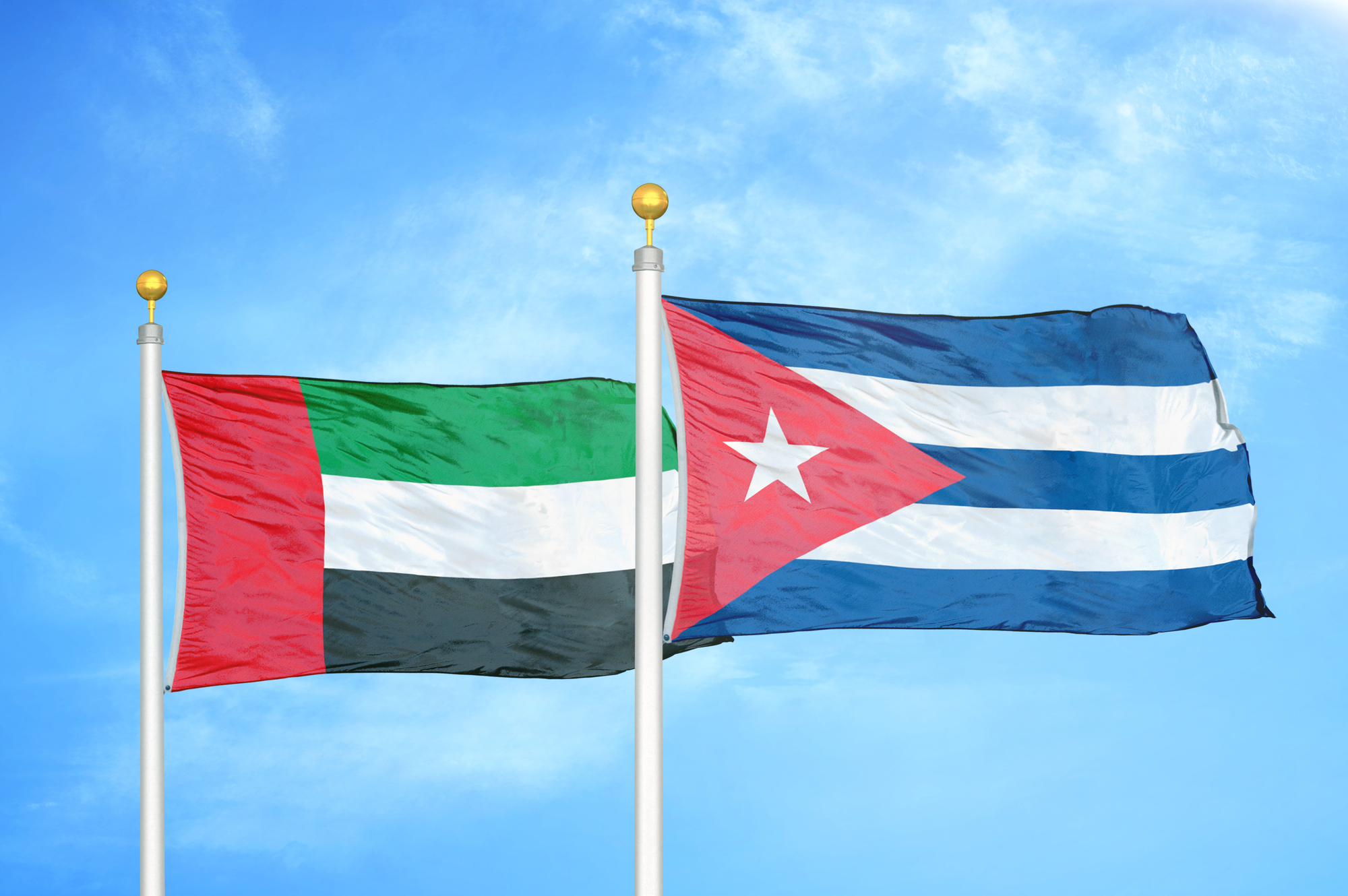
The UAE caters to planning enthusiasts – newly built cities like Dubai and Abu Dhabi function with clockwork precision, their modernist vision extending to tourism experiences. Desert safaris, skyscraper visits, and theme parks operate through sophisticated booking systems that prevent overcrowding, while guaranteeing specific experiences.
Restaurant reservations at prestigious venues become essential planning elements rather than optional considerations. Cuba encourages creative adaptation – internet access remains limited enough to make spontaneous navigation necessary, while transportation often requires improvised solutions involving shared rides and changing vehicles.
The paladares (private restaurants) operate with fluid availability based on ingredient access and family circumstances. Music venues announce their best performances through word-of-mouth networks rather than published calendars.
Like Travel Pug’s content? Follow us on MSN.
New Zealand vs. Mexico
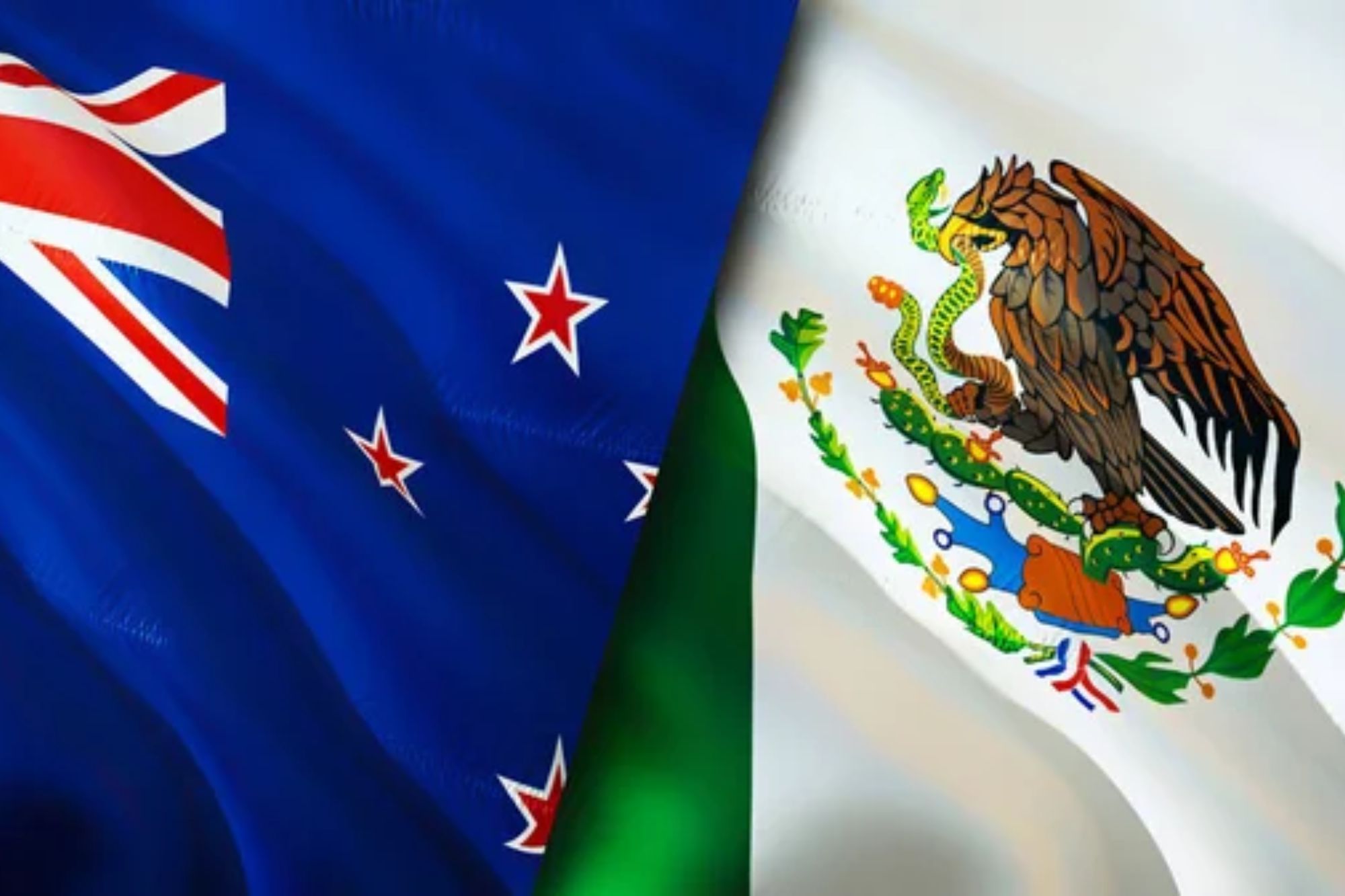
New Zealand accommodates advance planning – the country’s tourism infrastructure handles peak season demand through well-designed reservation systems for popular hiking trails and activities. Conservation efforts mean visitor numbers remain controlled at major attractions, making advance bookings essential rather than optional.
The country’s logical organization extends to clear signage and reliable information, reducing unexpected complications. Mexico rewards intuitive exploration – colonial cities reveal their treasures to wandering visitors, while coastal towns operate on rhythms more connected to ocean tides than strict timetables. Local festivals transform neighborhoods with minimal advance notice, and the best street food appears according to tradition rather than published schedules.
The culture values presence over punctuality, teaching visitors to appreciate the moment rather than anticipating the next item on their itinerary.
Canada vs. Italy
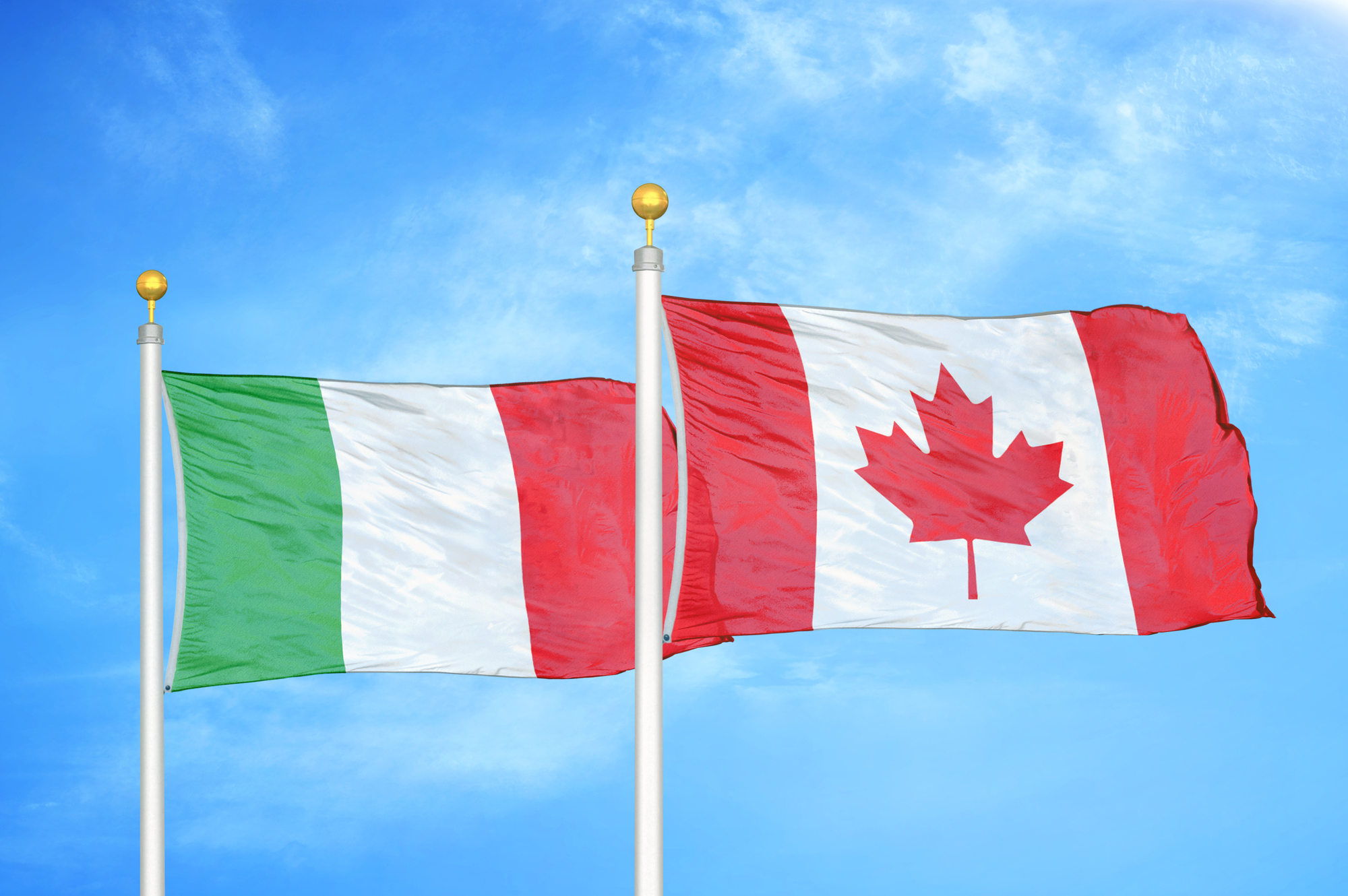
Canada simplifies complex wilderness through organization – national parks maintain detailed systems for permits and campsite reservations that enable even novice outdoors enthusiasts to access remote beauty safely. Urban centers operate with predictable public transportation and clearly communicated event schedules.
The tourism infrastructure accommodates peak season demand through logical systems rather than competitive chaos. Italy elevates beautiful disorder to cultural expression – train strikes might suddenly alter transportation plans, while museum hours shift with minimal notice during holidays.
The aperitivo scene evolves nightly based on local energy rather than published schedules, and the best dining experiences often come from unmarked establishments discovered by accident rather than research. The culture rewards those willing to surrender rigid expectations in exchange for authentic moments.
Australia vs. Greece
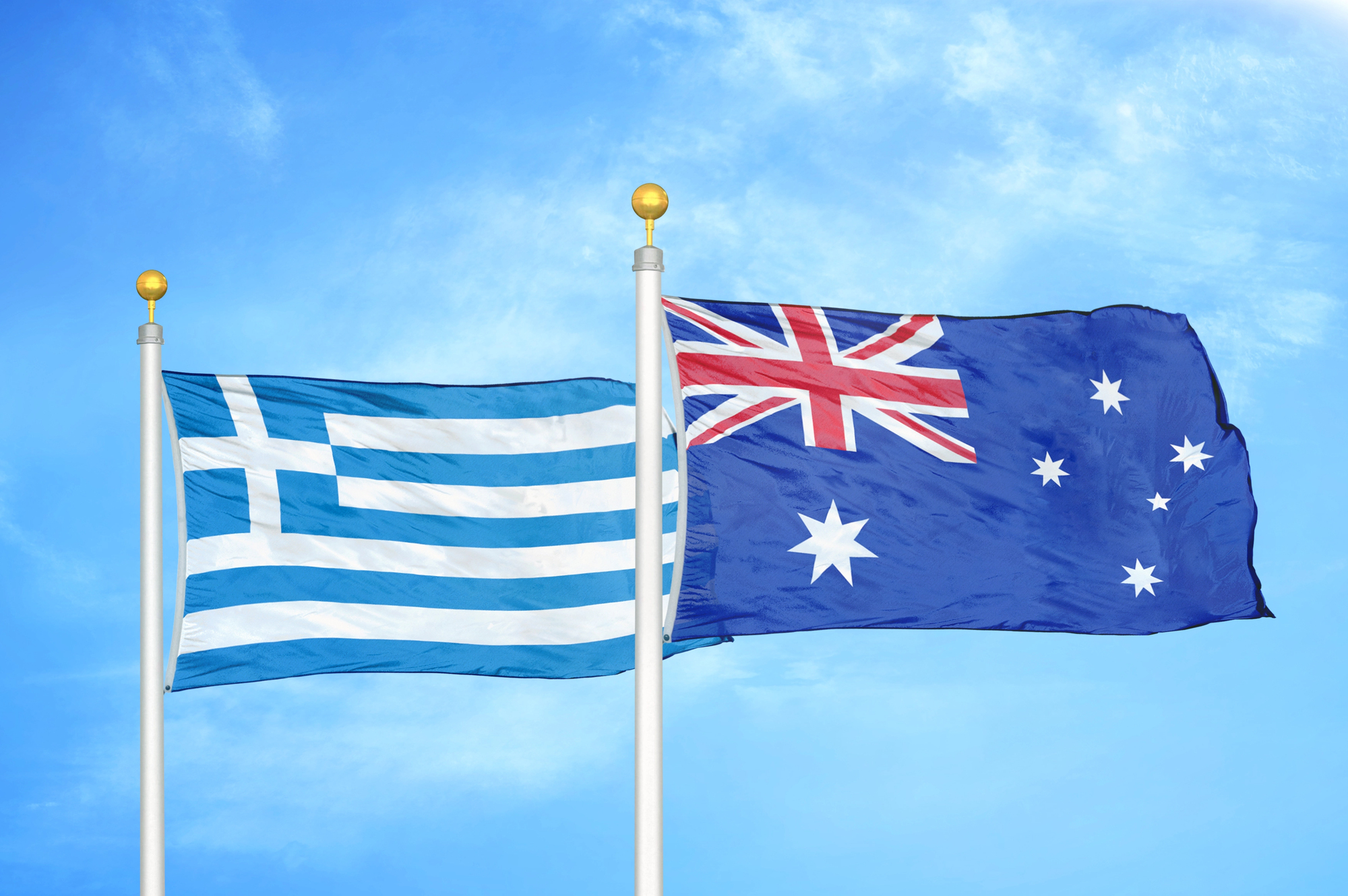
Australia manages its vast distances through reliable systems – domestic flights operate with impressive punctuality despite challenging conditions, while major attractions maintain clear capacity controls during busy periods. The country’s approach to tourism information emphasizes accuracy and safety, with detailed guidance about everything from beach conditions to hiking trail difficulty.
Planning becomes particularly valuable given the significant distances between destinations. Greece embraces Mediterranean flexibility – ferry schedules change seasonally and sometimes daily based on weather and passenger demand.
The taverna culture operates on personal connection rather than reservation systems, with the best tables often allocated through conversation rather than advance booking. Island hopping works best when itineraries remain adaptable to wind conditions and local recommendations rather than fixed agendas.
Like Travel Pug’s content? Follow us on MSN.
South Korea vs. Philippines
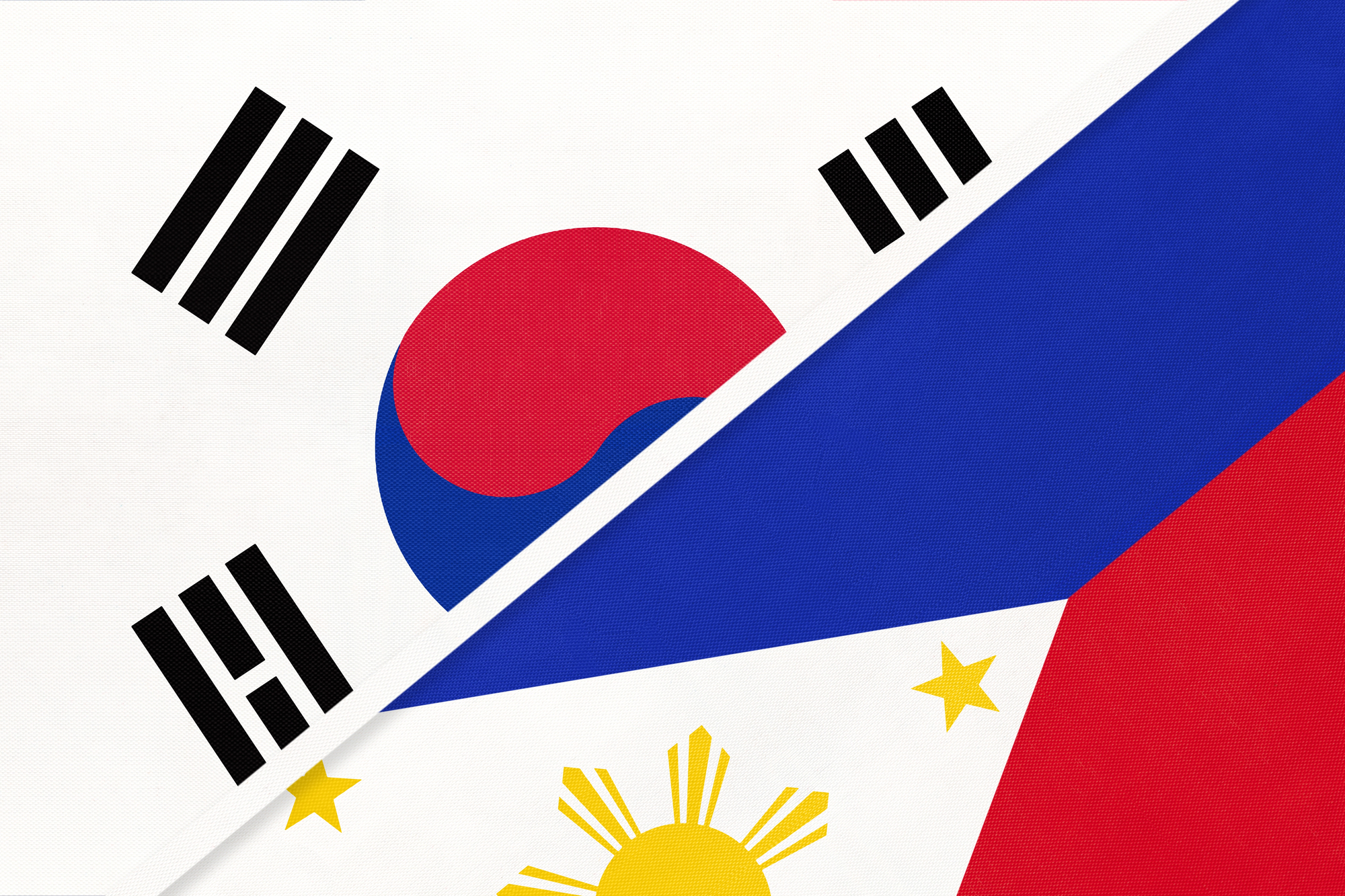
South Korea showcases technological planning efficiency – the country’s transportation apps provide real-time information accurate to the minute, while attractions use QR codes and digital systems to manage visitor flow. The cafe culture operates through sophisticated reservation systems, and popular restaurants often use digital queuing rather than physical waiting.
The society values preparation and organization, creating systems that reward advance research. The Philippines thrives on adaptability – island-hopping adventures require flexibility as boat departures adjust to weather conditions and passenger numbers. The country’s best experiences often come through local connections rather than commercial booking platforms, with homestays and guides arranged through community networks rather than corporate systems.
The ‘Filipino time’ concept embraces flexibility rather than rigid schedules, teaching visitors to relax their expectations.
Austria vs. Peru
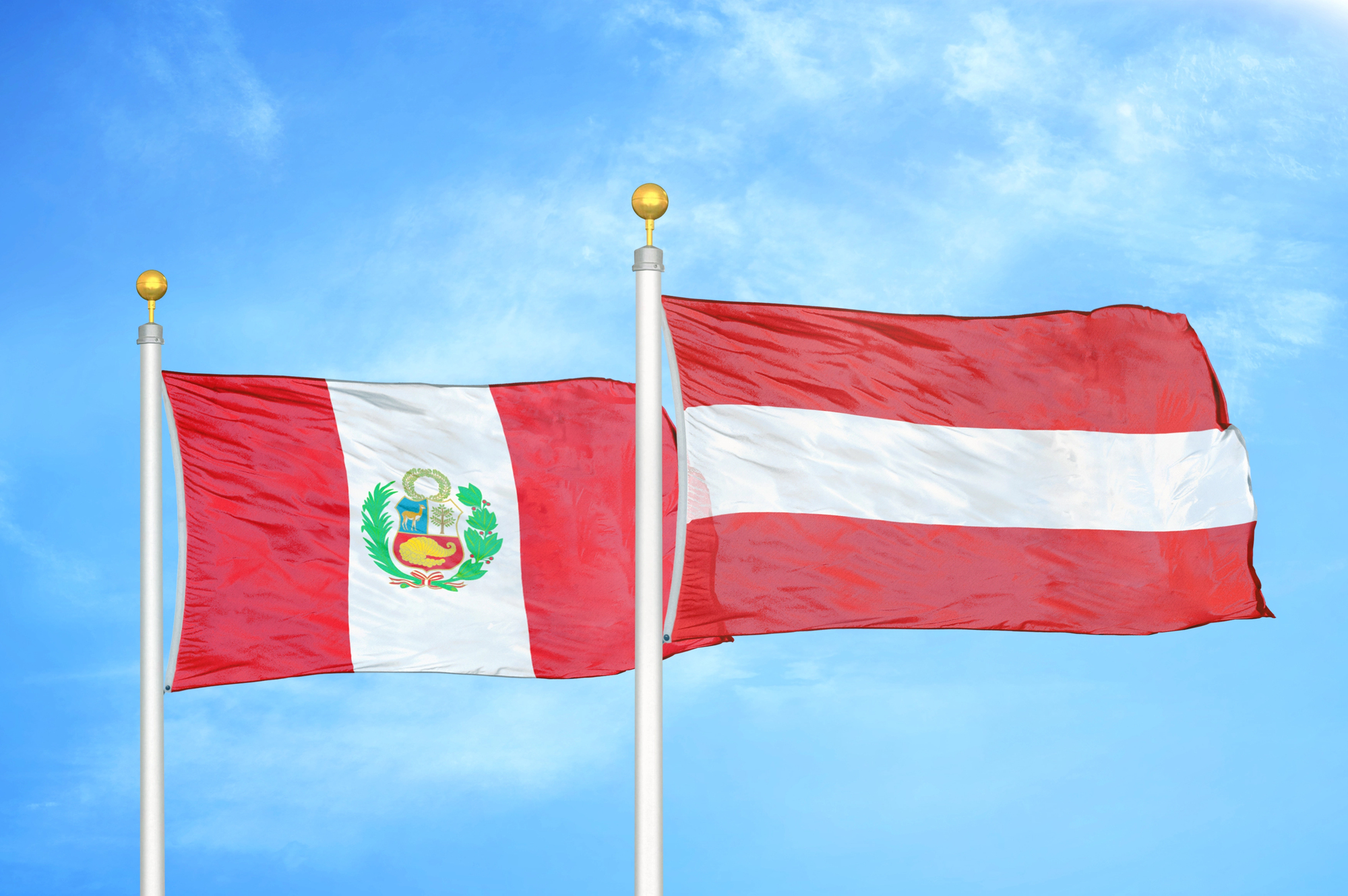
Austria maintains tradition through structure – classical concerts and cultural events operate with ceremonial precision, while Alpine facilities manage seasonal tourism through sophisticated booking systems. The country’s approach to hospitality combines old-world charm with modern efficiency, creating experiences that reliably deliver their promise. Winter sports destinations coordinate complex transportation and equipment systems with minimal confusion.
Peru rewards adventurous flexibility – altitude affects everyone differently, requiring Andean itineraries to build in adaptation time that varies person by person. The country’s dramatic geography means weather conditions can transform plans within hours, particularly in mountain regions and rainforest areas. Ancient sites generate their most powerful impressions through unhurried exploration rather than checklist tourism, rewarding those willing to adjust schedules based on personal connection to places.
Iceland vs. Colombia
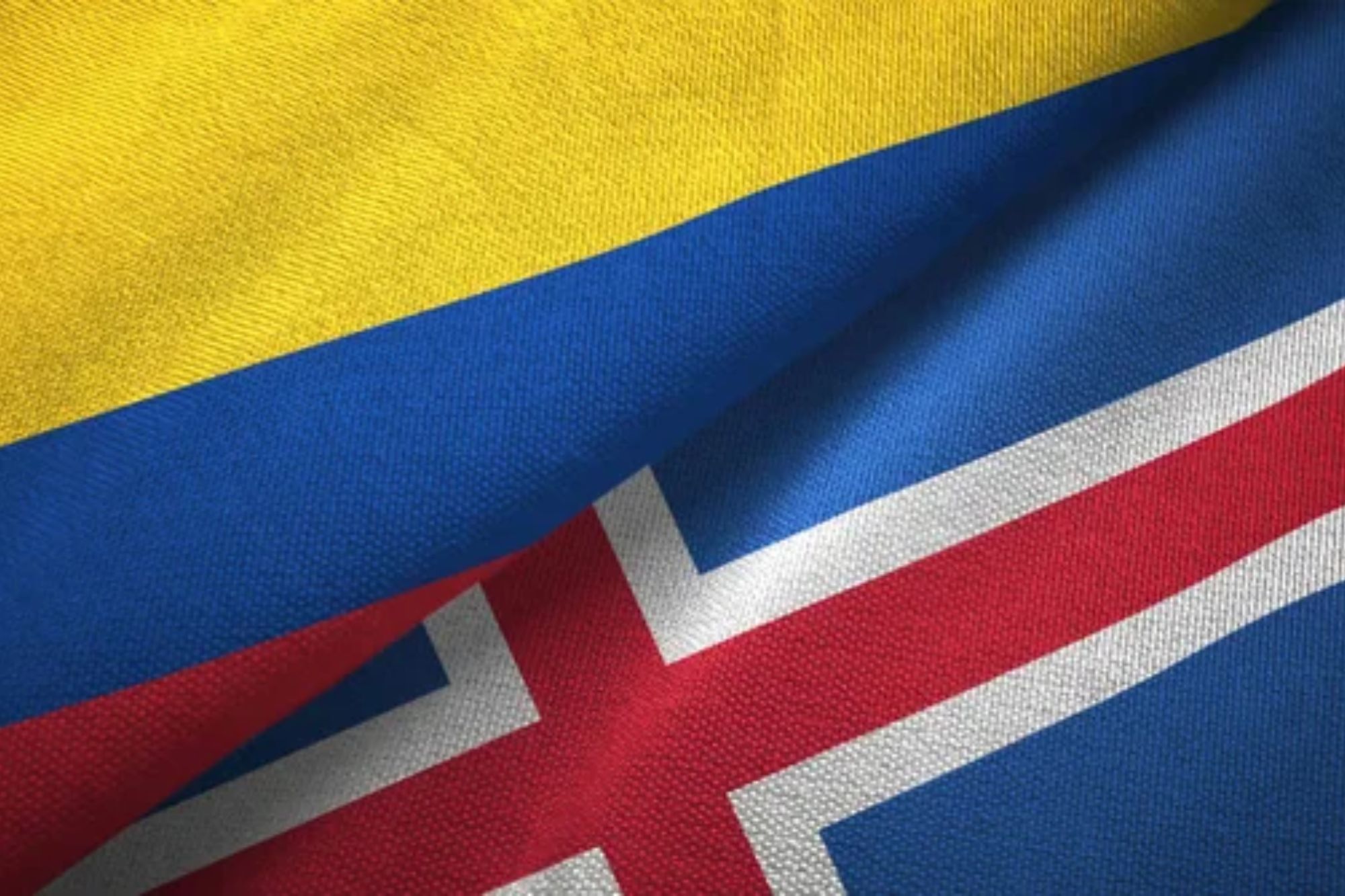
Iceland manages extreme conditions through planning – the country’s limited road network and harsh weather require thoughtful itinerary design, particularly during winter months. Popular natural attractions now use reservation systems to prevent overcrowding, while accommodation in remote areas books months in advance during peak season.
The nation’s approach to tourism emphasizes sustainability through controlled access rather than unlimited visitation. Colombia pulses with spontaneous energy – the country’s diverse regions each operate on distinct rhythms, with Caribbean coastal areas moving at different tempos than mountain communities or jungle regions.
The revitalized urban centers reveal their treasures through neighborhood exploration rather than rigid sightseeing routes. Music and dance emerge organically throughout evenings, creating experiences impossible to schedule but magnificent to encounter.
Like Travel Pug’s content? Follow us on MSN.
Luxembourg vs. Bolivia
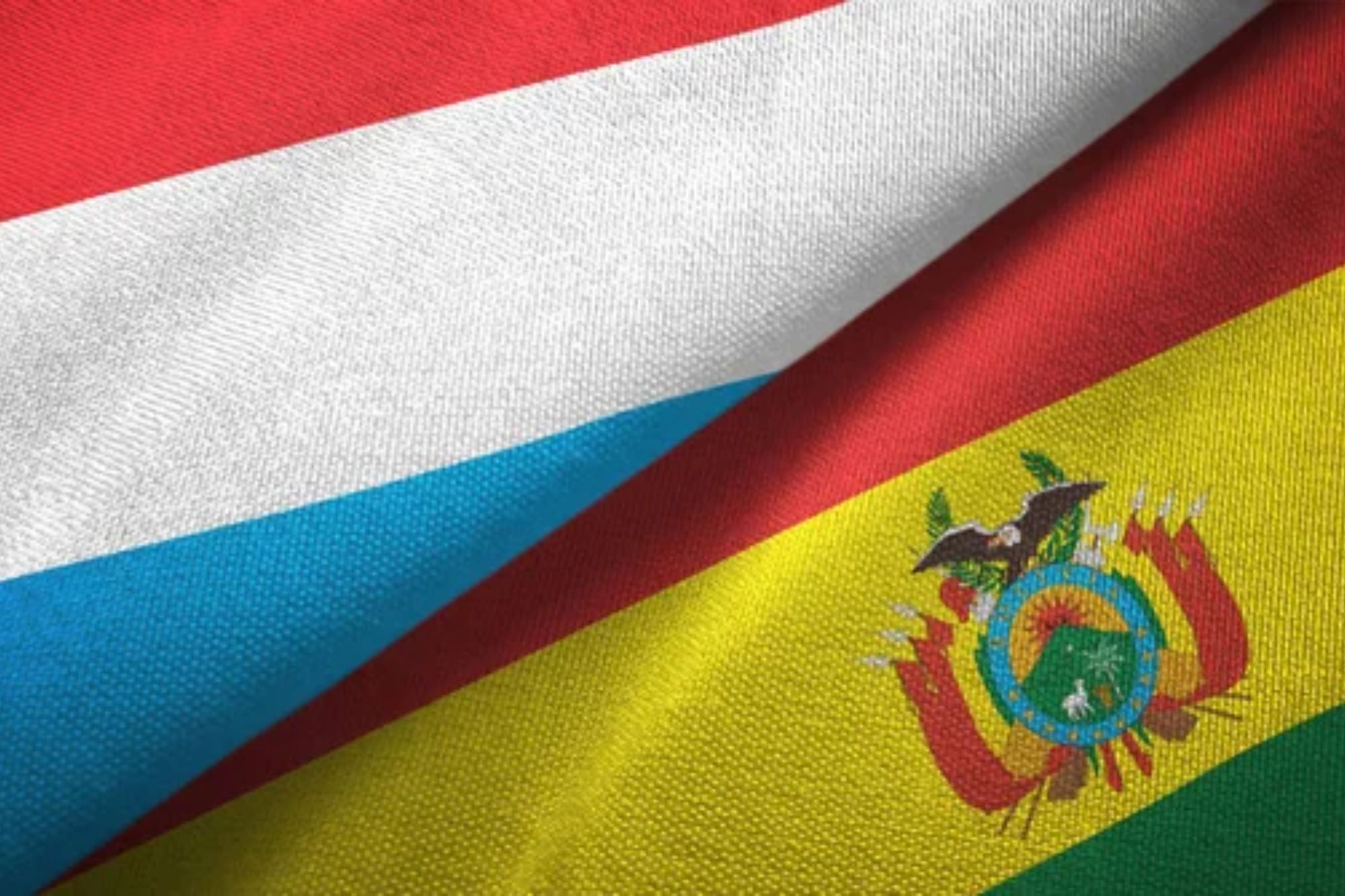
Luxembourg exemplifies European efficiency in miniature – the compact nation offers free public transportation that operates with impressive punctuality, making it possible to plan multiple destinations within single days despite traversing the entire country. Cultural venues publish reliable calendars months in advance, while the restaurant scene maintains clear reservation systems.
The country’s small scale creates uniquely manageable experiences for planning enthusiasts. Bolivia embodies South American adventure – altitude challenges affect transportation timetables, while road conditions change seasonally across dramatically different ecosystems.
The salt flats transform completely between wet and dry seasons, creating entirely different experiences depending on timing. Indigenous markets follow traditional schedules rather than tourist convenience, requiring visitors to adapt to local patterns rather than imposing external expectations.
Planning Freedom vs. Chaos Wisdom

These contrasting destinations reveal that neither approach claims absolute superiority. Planning-friendly locations offer liberation through certainty – the freedom to focus on experiences rather than logistics. Meanwhile, chaos-embracing destinations teach the wisdom of adaptation – revealing how flexibility creates openings for unexpected joy.
The ideal travel life perhaps involves both: structured journeys that build confidence and spontaneous adventures that cultivate resilience. The most fulfilled travelers eventually recognize when each approach serves their deeper purpose.
More from Travel Pug

- Cities Growing so Fast You Won’t Recognize Them in 10 Years
- 13 Destinations Where Tourists Regularly Regret Their Trip
- 20 Obscure WWII Sites Even History Buffs Don’t Know About
- 10 Under-the-Radar Mountain Towns That Are Both Affordable and Beautiful
- 20 Abandoned Places That Feel Like Real-Life Post-Apocalyptic Movie Sets
Like Travel Pug’s content? Follow us on MSN.
